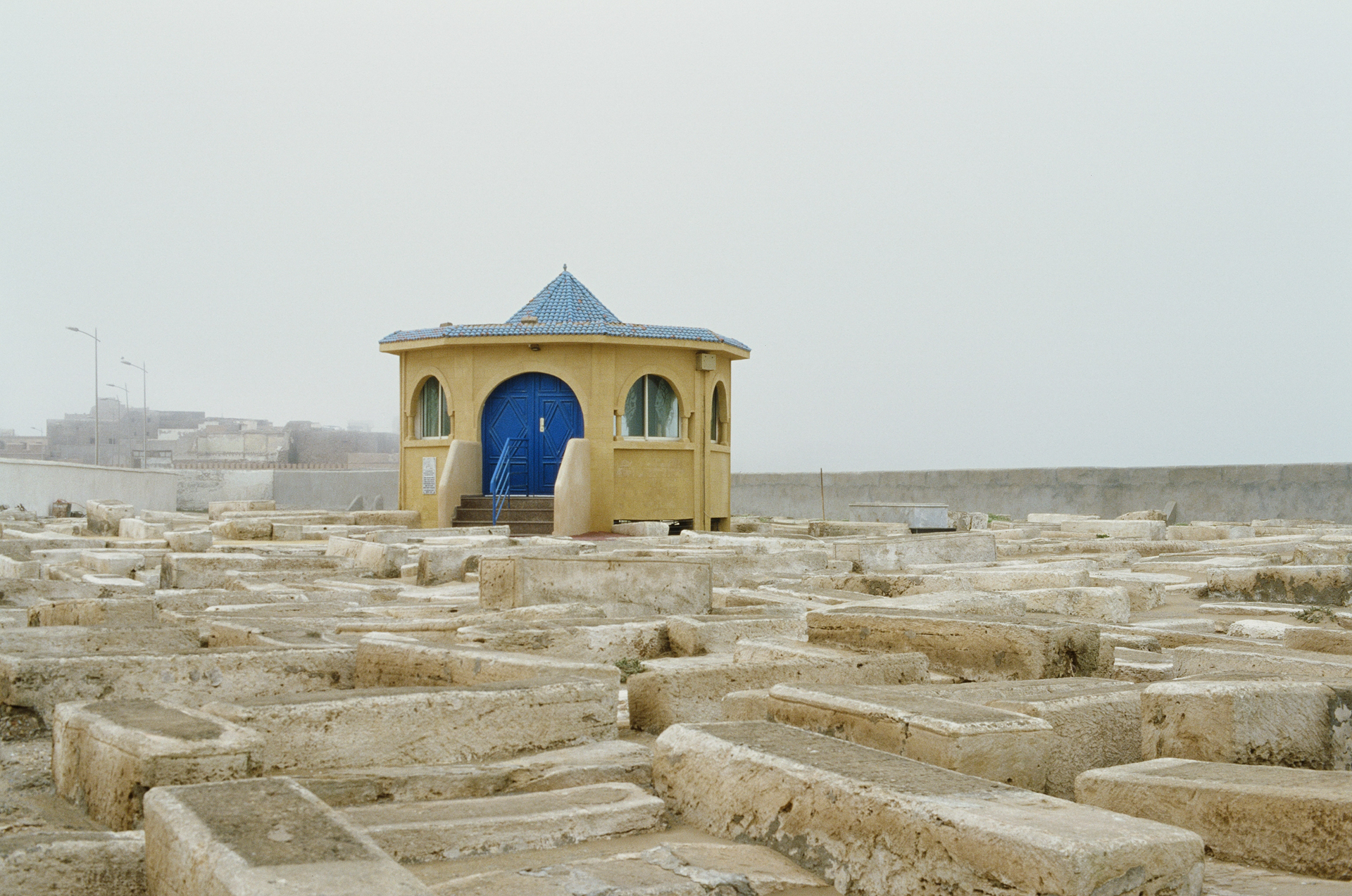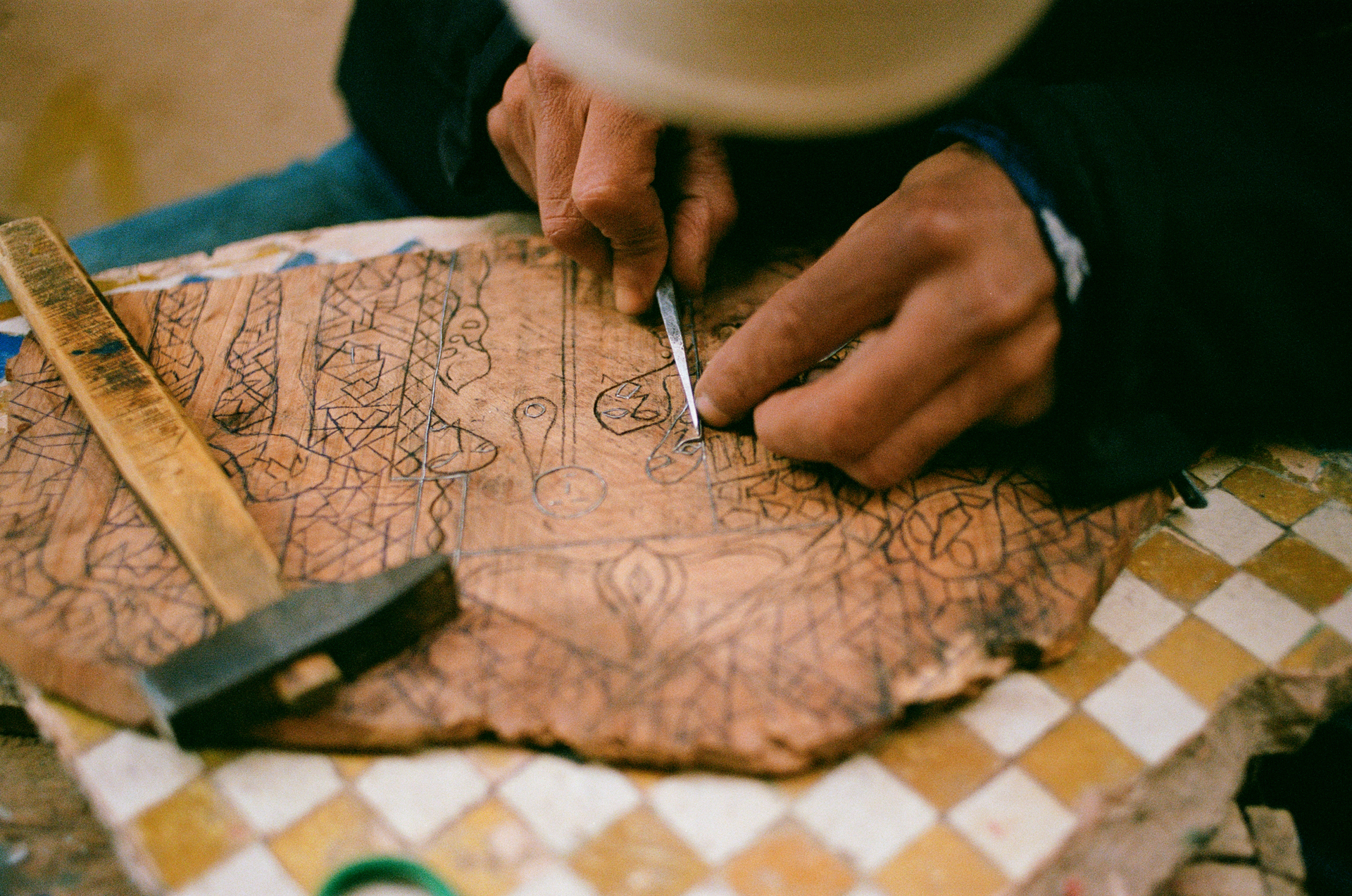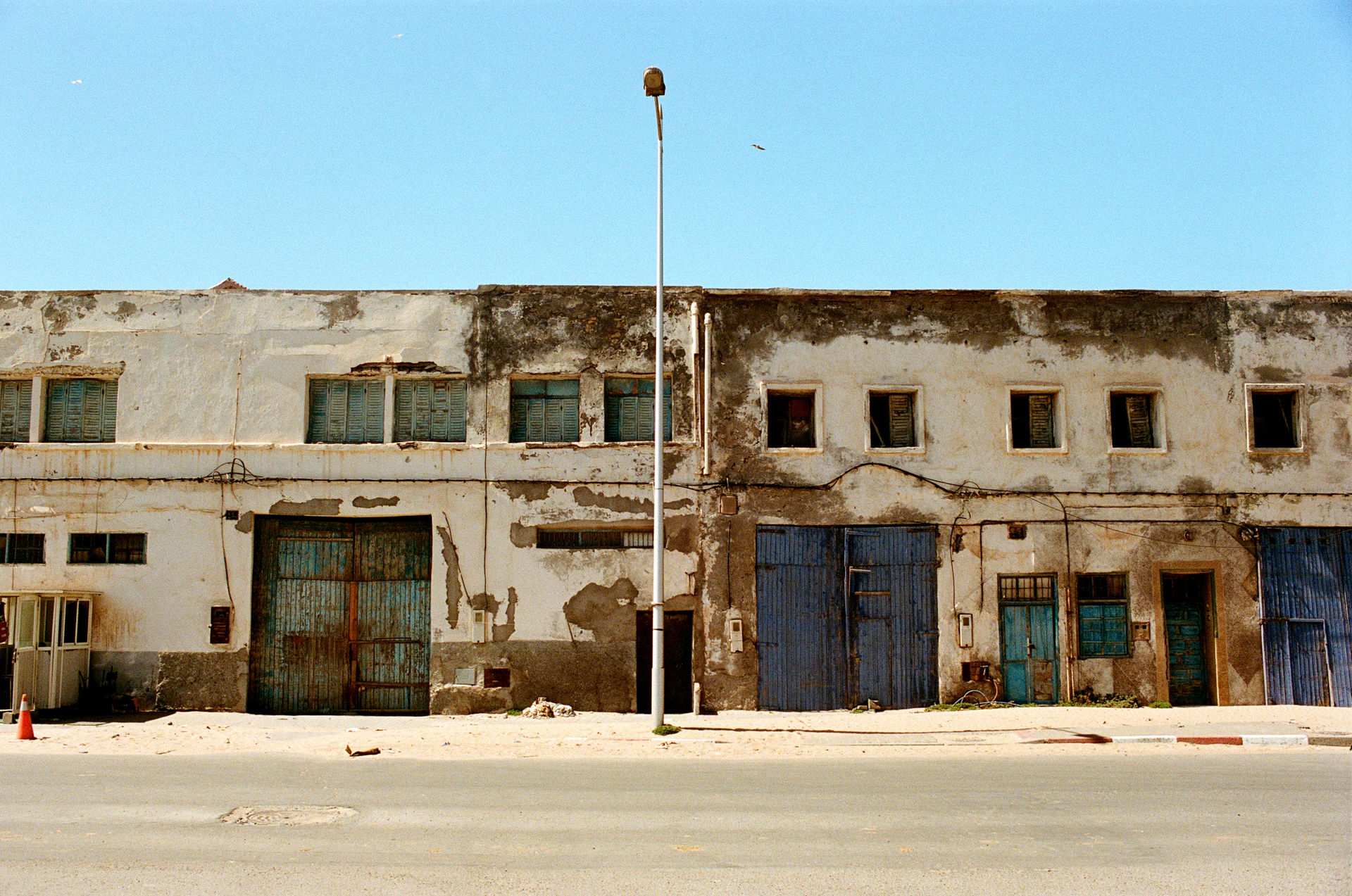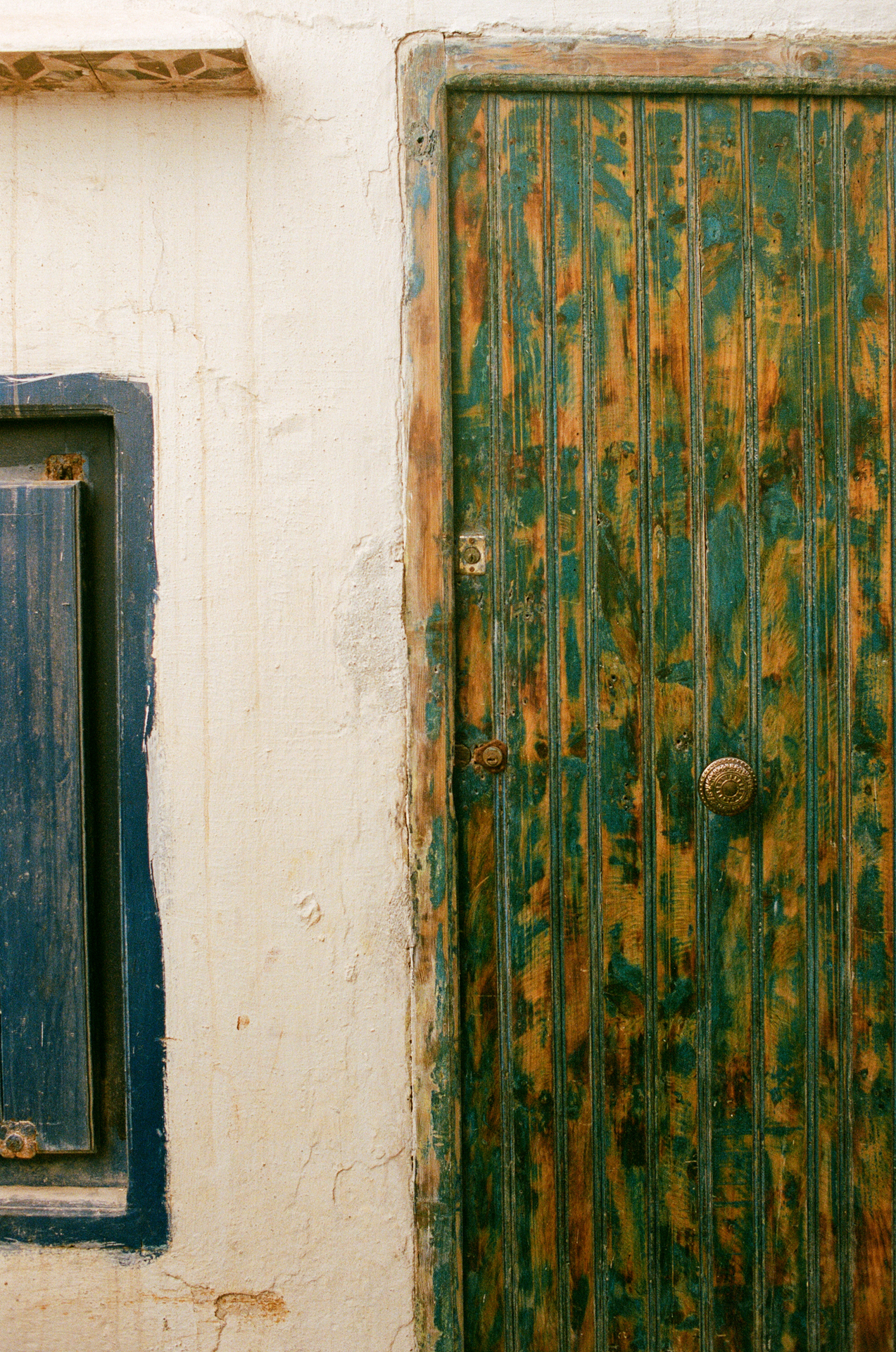ESSAOUIRA
April 2023

In Essaouira, a wide wall wraps around the old medina, protecing the port from the Atlantic ocean. Blue waves crash up against the rugged ramparts and sink into the sand—stopped in their tracks.
Still, the ocean seeps into the city. Its beautiful blues color the doors, window panes, boats, railings, and paintings. Its white caps color the city’s homes, restaurants, and shops. Its rocky floors color the cobblestone streets and sand-hued walls.
The ocean and the city are divided by a wall but deeply interconnected by everything else. Over centuries, the city’s art and architecture has come to reflect its Atlantic neighbor, while its economy has been defined by the bounty of the sea. Its people are in constant conversation with the ocean.
Still, the ocean seeps into the city. Its beautiful blues color the doors, window panes, boats, railings, and paintings. Its white caps color the city’s homes, restaurants, and shops. Its rocky floors color the cobblestone streets and sand-hued walls.
The ocean and the city are divided by a wall but deeply interconnected by everything else. Over centuries, the city’s art and architecture has come to reflect its Atlantic neighbor, while its economy has been defined by the bounty of the sea. Its people are in constant conversation with the ocean.

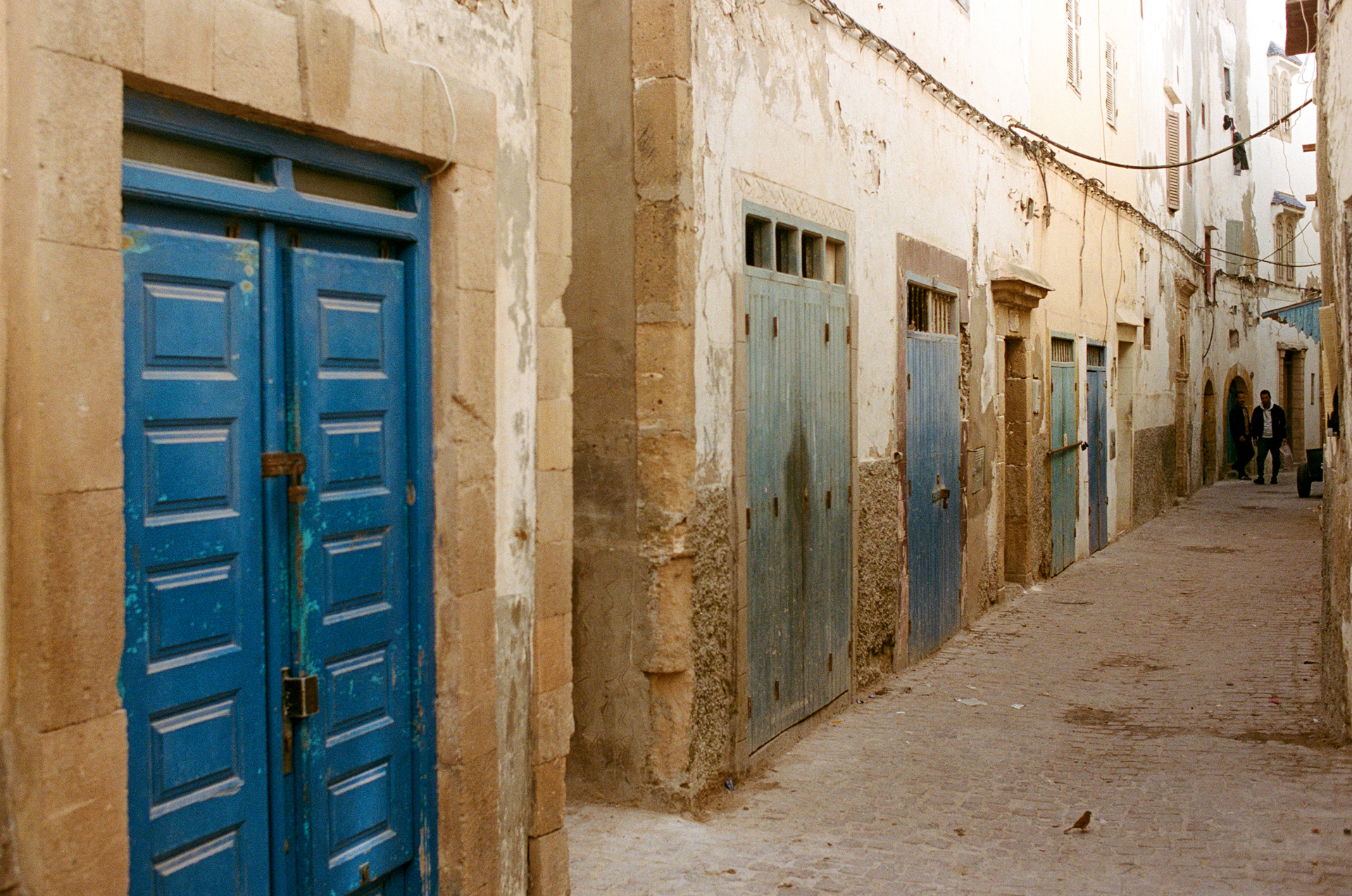

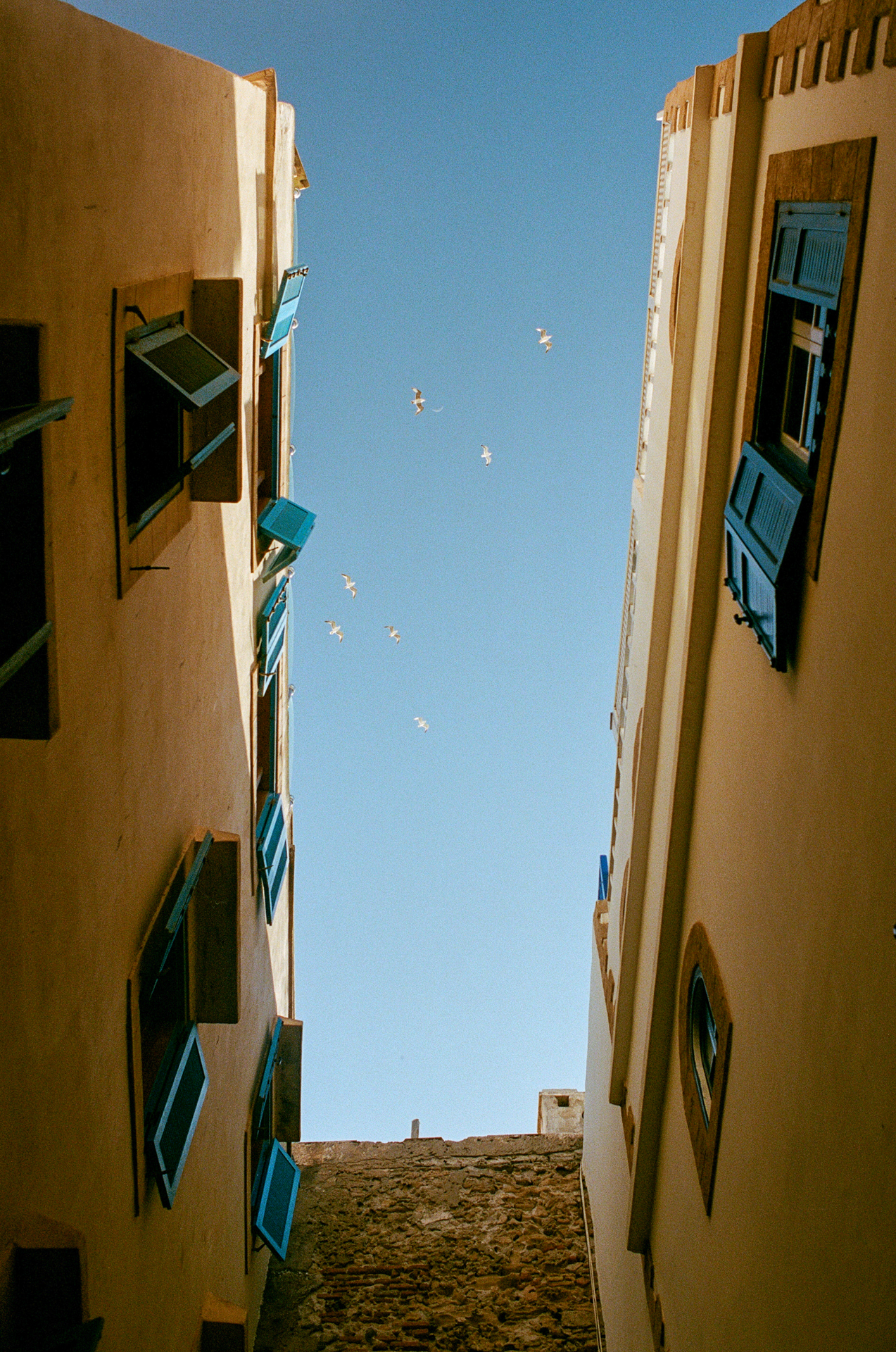






The sun was so bright and the walls so white that Essaouira cast a blinding, reflecting glare. As a technique to soften the shining city, I screwed on a circular polarized filter to my lens — a prime 35mm f/1.8 — like I was giving my camera a par of sunglasses. Doing so affects one detail of the film more than any other: the color of the sky.
As I spin the polarizer, the color of the blue sky revolves: from muted to vibrant, vibrant to muted. Incidentally, after the film was developed, the spectrum of blues in the sky mirrorred the range of rich blues that define the city’s architecture: from baby to royal, denim to navy.
A conversation about the spectrum of blues would be incomplete without reference to Rebecca Solnit’s essay, “The Blues of Distance,” in A Field Guide to Getting Lost:
Essaouira faces West—standing solidly, looking curiously, staring longingly—at the beautiful blue of distance.
As I spin the polarizer, the color of the blue sky revolves: from muted to vibrant, vibrant to muted. Incidentally, after the film was developed, the spectrum of blues in the sky mirrorred the range of rich blues that define the city’s architecture: from baby to royal, denim to navy.
A conversation about the spectrum of blues would be incomplete without reference to Rebecca Solnit’s essay, “The Blues of Distance,” in A Field Guide to Getting Lost:
The world is blue at its edges and in its depths. This blue is the light that got lost. Light at the blue end of the spectrum does not travel the whole distance from the sun to us. It disperses among the molecules of the air, it scatters in water... This light that does not touch us, does not travel the whole distance, the light that gets lost, gives us the beauty of the world, so much of which is in the color blue.
Essaouira faces West—standing solidly, looking curiously, staring longingly—at the beautiful blue of distance.
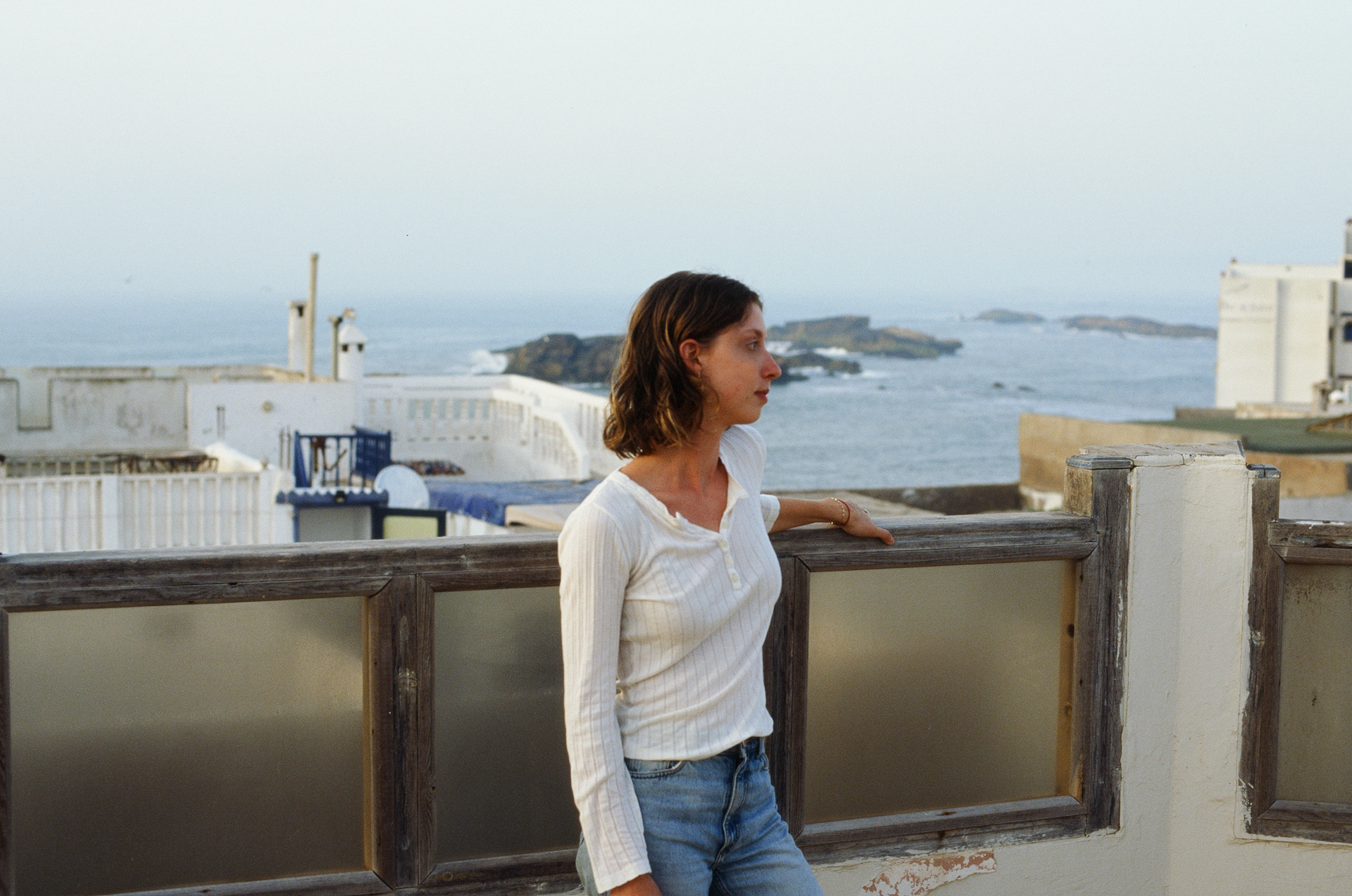
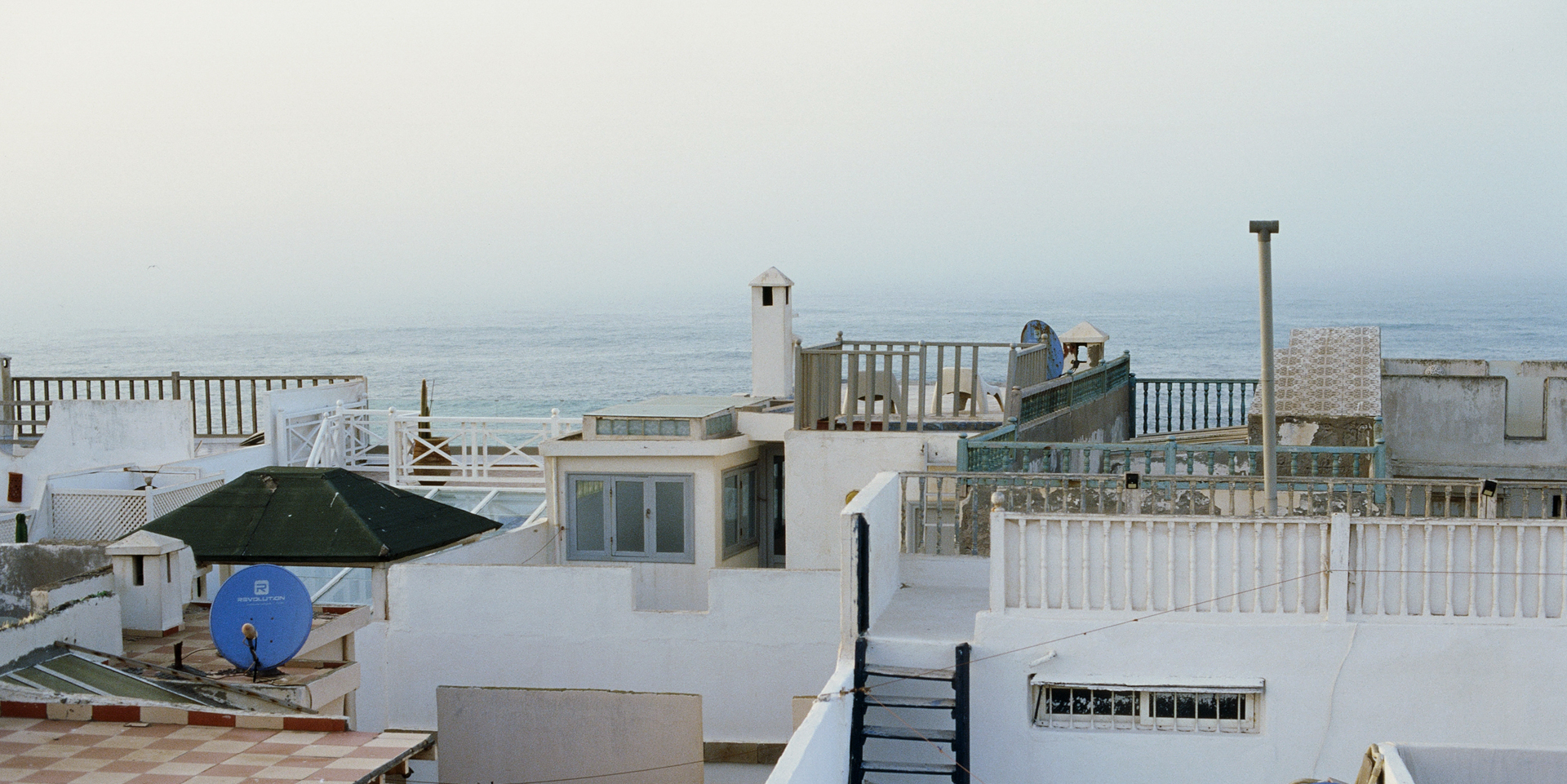
When the world thinks of Essaouira, or its former name, Mogador, they think of blue. The blue of the fishing boats.

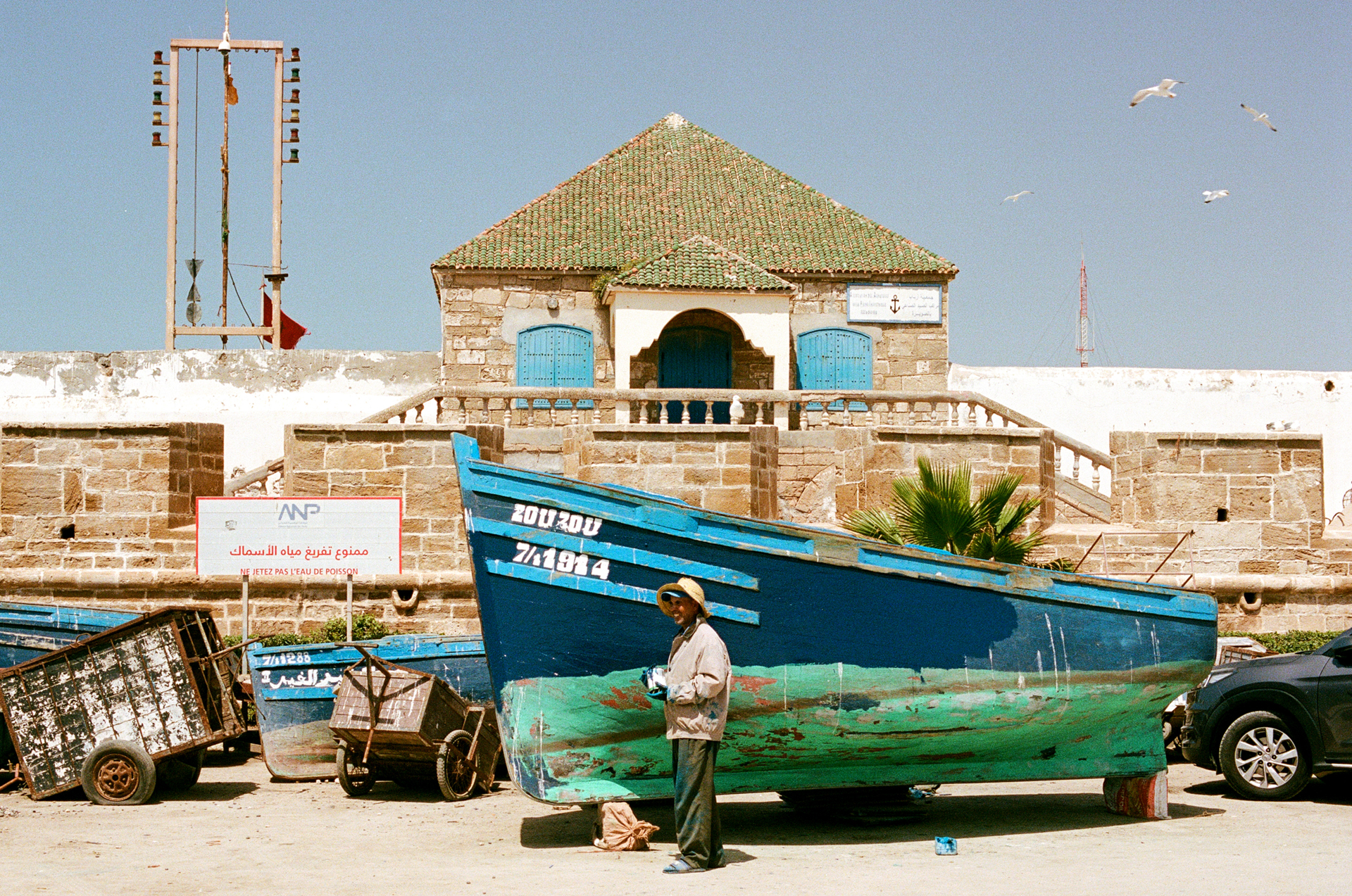
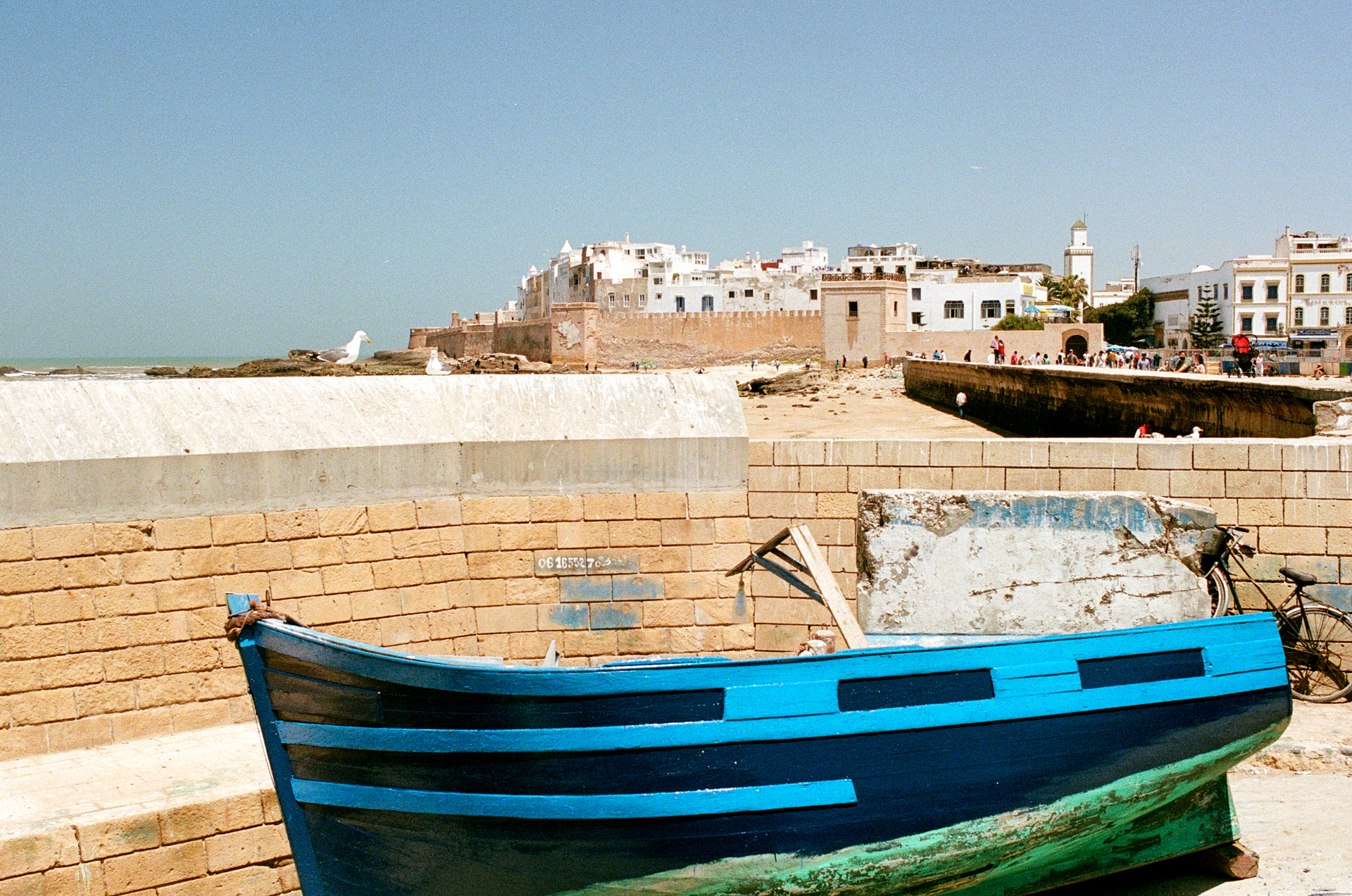
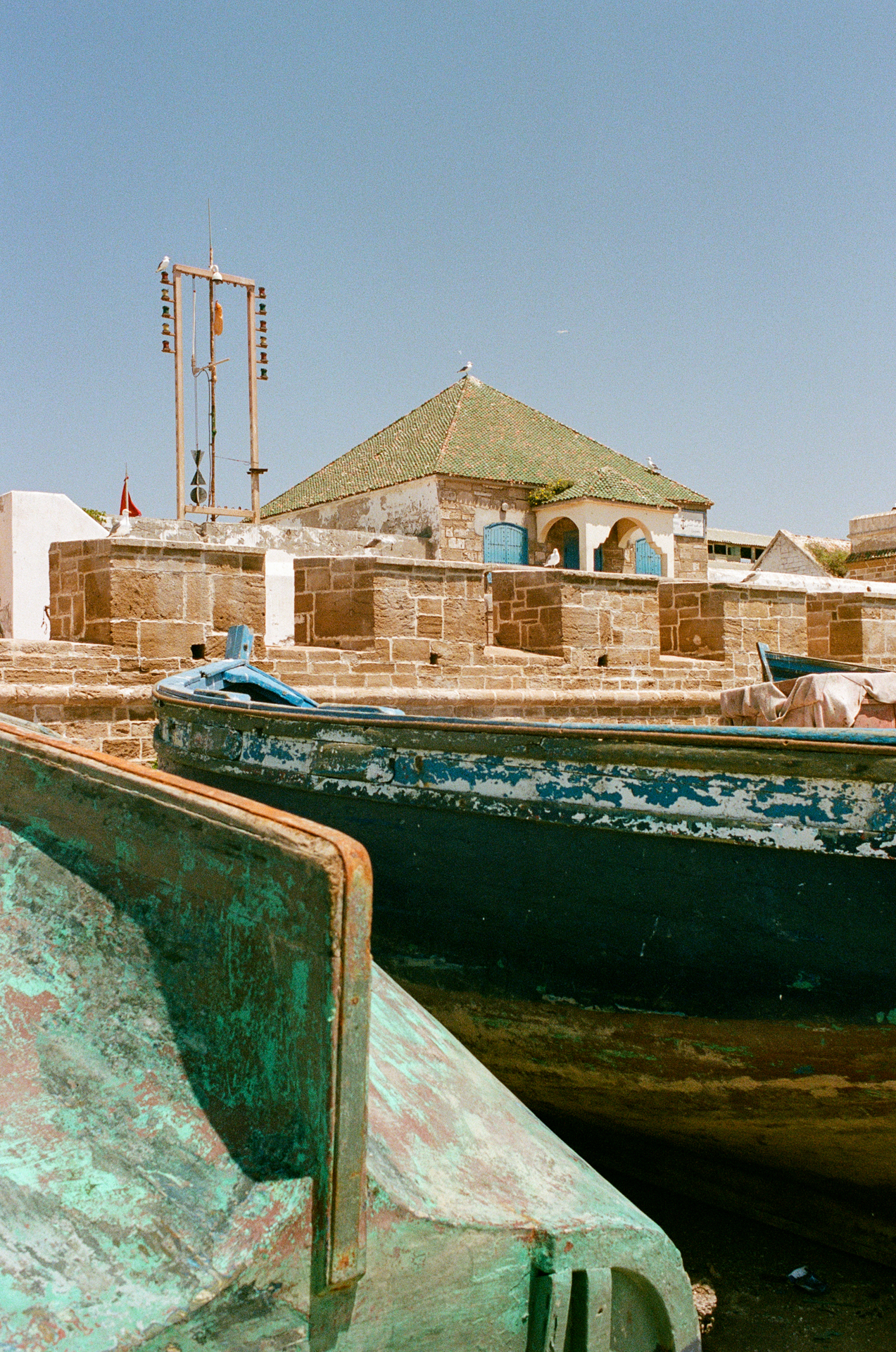

If you didn’t know better, you might think that this is a town of seabirds and cats, which happens to have human visitors from time to time.
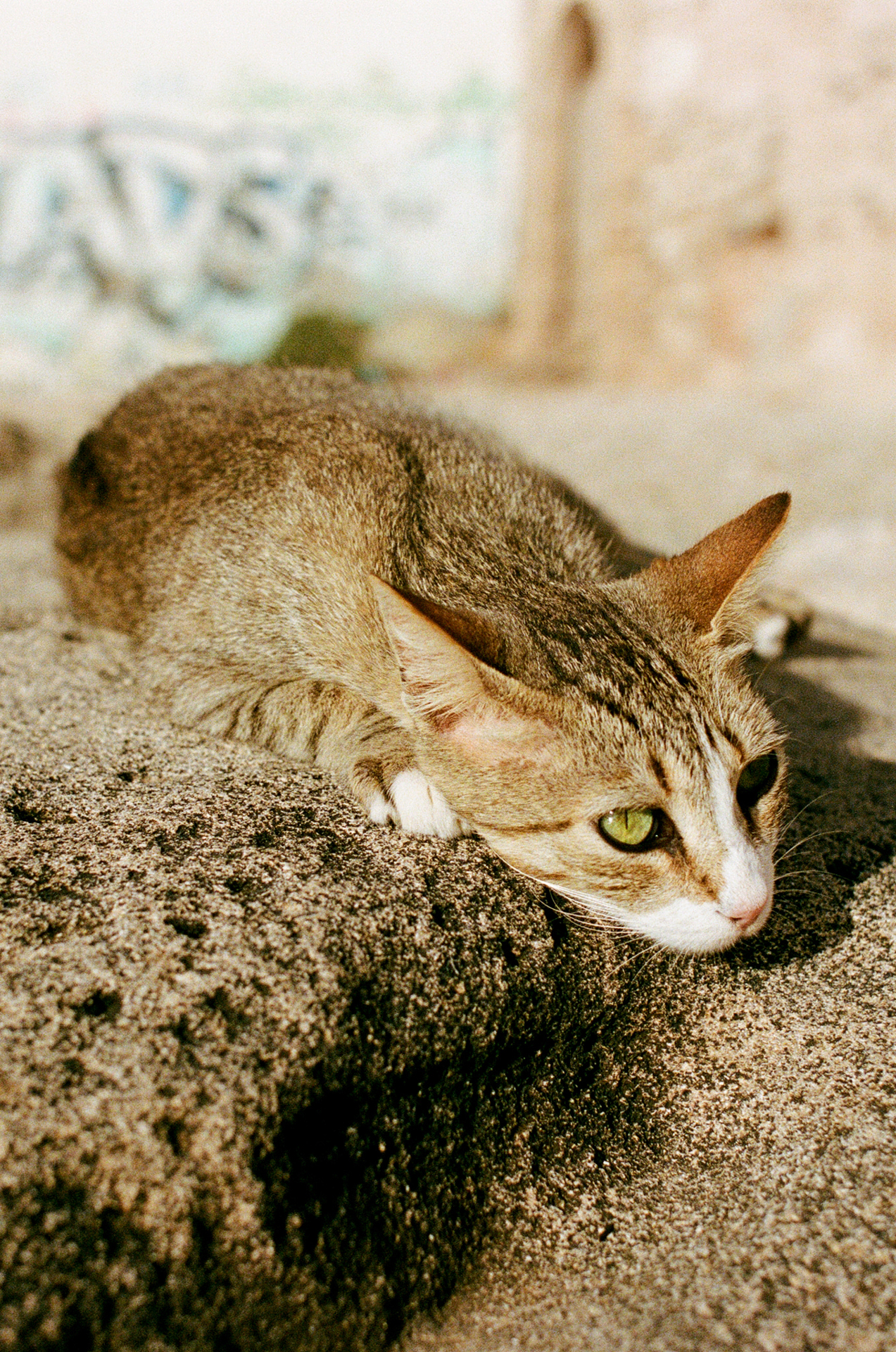

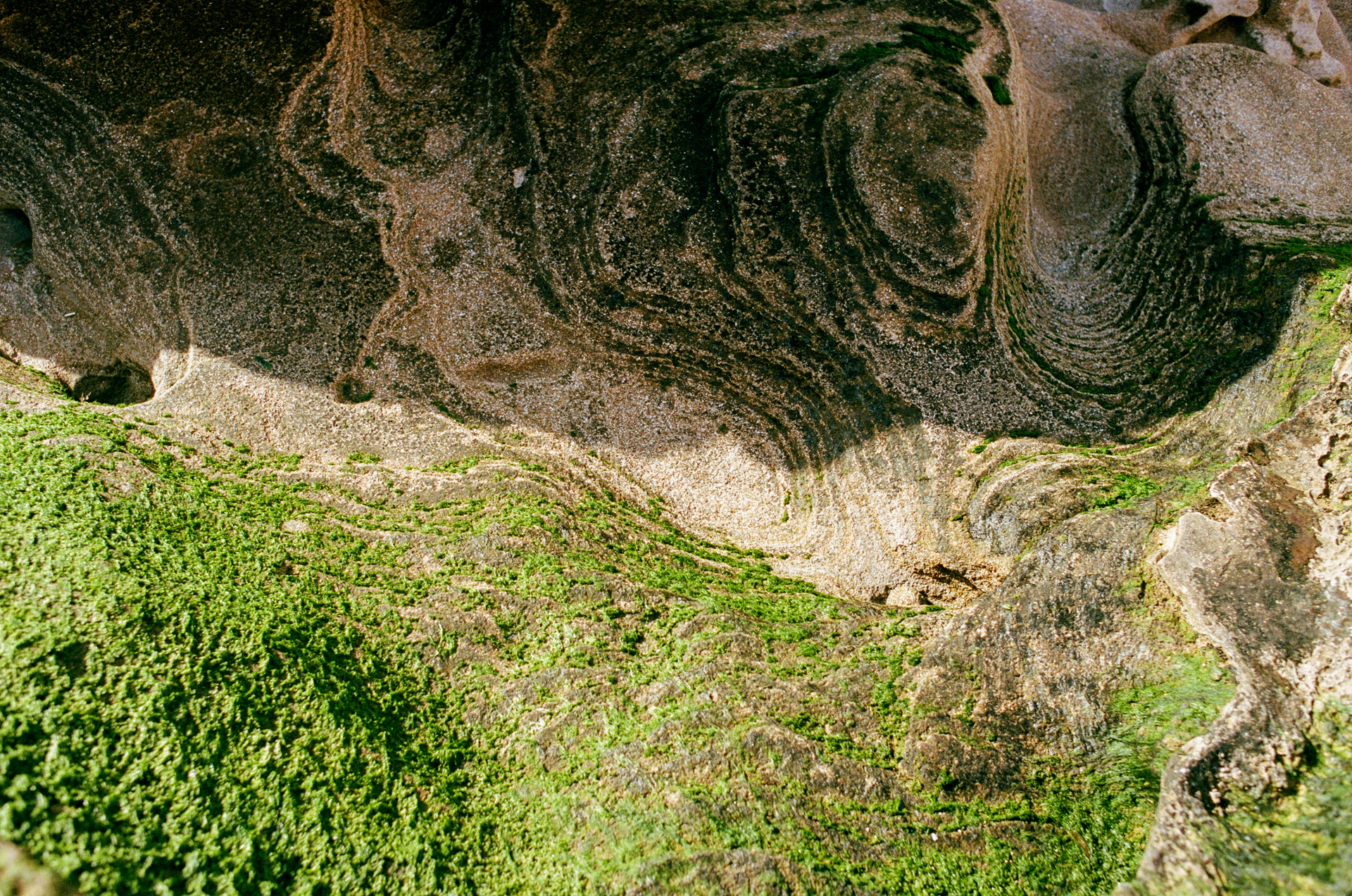



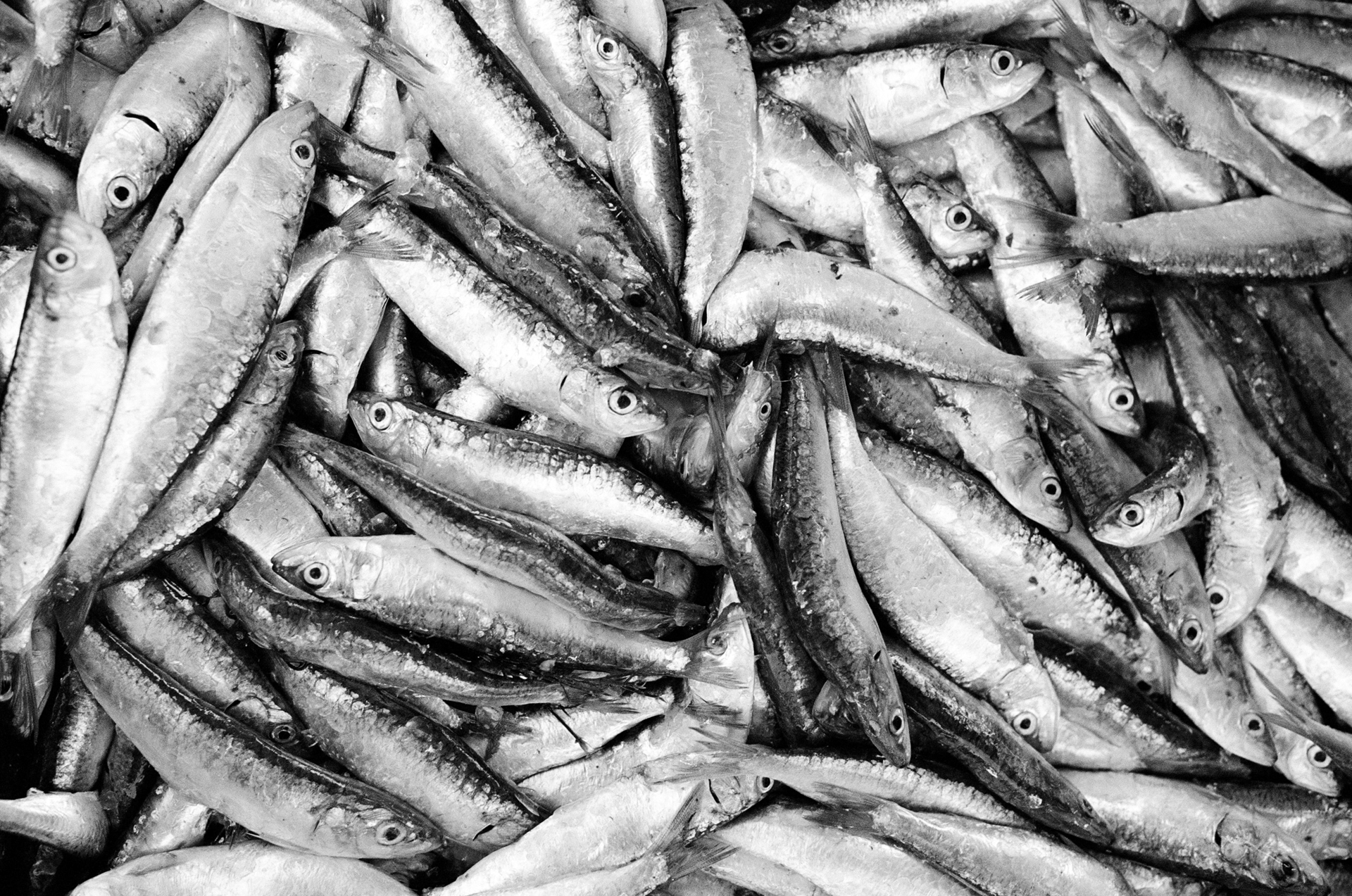

Morocco had an epic run at the World Cup in 2022, making it to the semifinals of the football tournament for the first time. Yes, they are still celebrating.

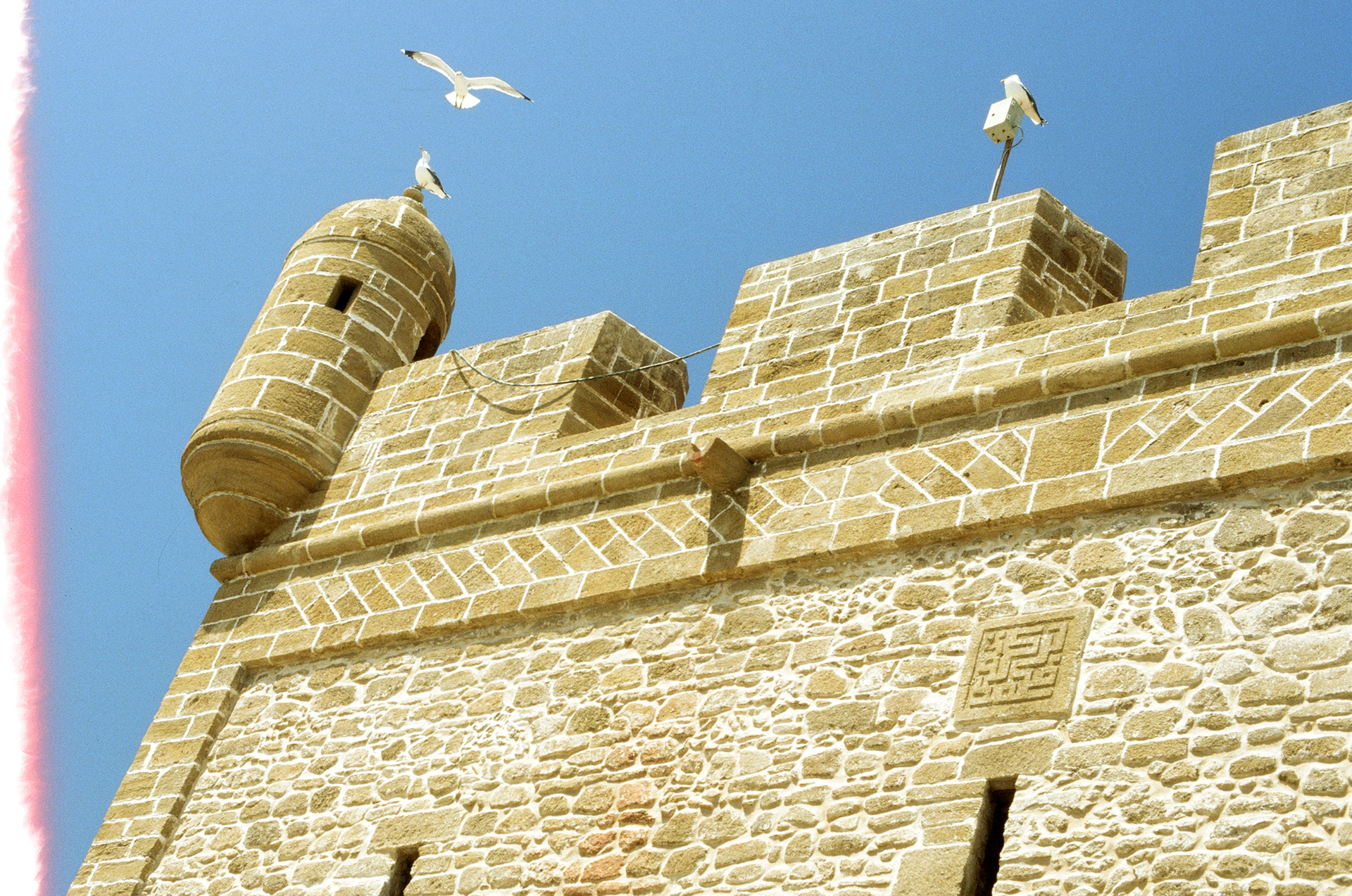


Essaouira was established in the mid-eighteenth century. The sultan extended protection to Jewish inhabitants by designating a Jewish Quarter, called Mellah. At its peak, Jews consisted of 40 percent of the city’s population. Two enormous Jewish cemeteries and a beautiful “House of Memory” museum still hold this history, when Essaouira was a global symbol of tolerance between Jews and Muslims.
